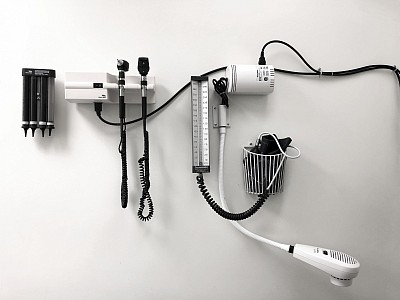Our Services
IV HYDRATION THERAPY
- IV hydration therapy infuses vitamins, minerals, electrolytes, and medications to optimize your health. We offer a variety of options such as Athletic Recovery, skin rejuvenation, general wellness support, migraine relief, weight management support, hangover cure, NAD+/Glutathione, and more.
MOBILE CONCIERGE SERVICE
- Affordable concierge mobile medical services from the comfort of your home or office. We come to you! No office or Emergency Department wait times. We also offer telemedicine visits.
FUNCTIONAL MEDICINE & HEALTH COACHING
- No matter your location in the world, We offer an individualized non-traditional approach to health and wellness by taking a deep dive into your diseases through a combination of natural remedies, diet, lifestyle changes, supplements, and traditional guidance. We also have non-traditional lab testing such as stool studies, genetic studies, and enhanced allergy panels that will be sent directly to your home.
“The doctor of the future will give no medication but will interest his patients in the care of the human frame, diet and in the cause and prevention of disease”.
—Thomas A. Edison
PRIMARY CARE
- Chronic illness management
- Physical exams
- Lab diagnostics
- Medication management
- Affordable membership plan available






